The beauty industry is witnessing a seismic shift as men's grooming and makeup products surge in popularity, challenging long-held gender norms. Leading the charge is Tom Ford, whose male cosmetics line has now surpassed sales of its women's collection—a milestone that signals deeper cultural transformations. This isn't merely about products finding new audiences; it's a redefinition of masculinity in the 21st century.
For decades, makeup aisles were overwhelmingly pink, with marketing campaigns almost exclusively targeting women. Men who experimented with cosmetics often did so discreetly, if at all. But social media, Gen Z attitudes, and celebrity influence have dismantled these barriers. Tom Ford's success—particularly with its "For Men" foundation, concealer, and brow gel—proves that luxury male beauty isn't a niche trend but a booming market.
What makes Tom Ford's male line resonate? The brand avoids gimmicky "manly" packaging (no camo prints or faux-machismo slogans). Instead, it offers minimalist black-and-gold compacts with high-performance formulas identical to their women's line—just rebranded as gender-neutral. "Men don’t want ‘dumbed-down’ products," says David Yi, founder of Very Good Light. "They want sophistication without the stigma."
Celebrity culture has been pivotal. Musicians like Harry Styles and Bad Bunny flaunt eyeliner and nail polish on red carpets, while YouTube tutorials like "No-Makeup Makeup for Men" rack up millions of views. K-pop’s flawless male aesthetics further normalize the idea that makeup is about self-expression, not gender. Tom Ford capitalized on this by collaborating with male models who showcase makeup as effortlessly as they do tailored suits.
The numbers are staggering. Tom Ford’s men’s line grew 300% year-over-year in 2023, outpacing women’s by 15%. Sephora reported a 42% spike in male skincare/makeup sales globally, with China and South Korea driving nearly half of demand. "It’s not just urban millennials," notes analyst Priya Rao. "We’re seeing older men embrace tinted moisturizers to combat aging—without calling it ‘makeup.’"
Behind the scenes, the shift reflects generational divides. While Baby Boomers associate makeup with femininity, 56% of Gen Z males (per a Pew study) believe gender boundaries in beauty should vanish. Startups like War Paint and MMUK cater exclusively to men, but legacy brands struggle to adapt. "Lancôme still markets ‘Teint Idole’ foundation with female ambassadors," says trend forecaster Jessica Defino. "That feels outdated when Fenty Beauty’s campaign featured male model Abdel Nour."
Critics argue the trend exploits male insecurities, mirroring the pressure women face. However, advocates counter that male makeup liberates rather than restricts. "It’s not about covering ‘flaws,’" says makeup artist Lucy Bridge. "My male clients use bronzer to enhance bone structure or mascara for brighter eyes—it’s artistry, not shame."
Tom Ford’s triumph hints at a future where beauty aisles are truly gender-free. As the brand develops its first men’s eyeshadow palette (slated for 2024), one thing is clear: the male face is now a canvas, not a compromise.

By /Jul 24, 2025

By /Jul 24, 2025

By /Jul 24, 2025

By /Jul 24, 2025

By /Jul 24, 2025
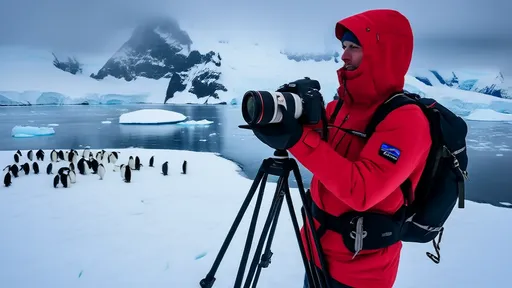
By /Jul 24, 2025
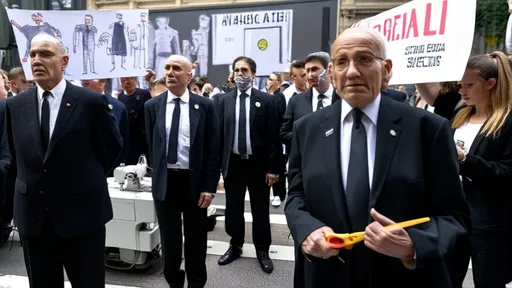
By /Jul 24, 2025
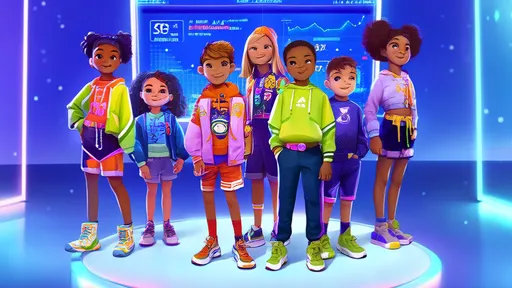
By /Jul 24, 2025

By /Jul 24, 2025
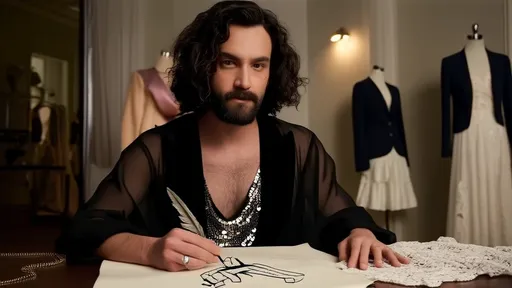
By /Jul 24, 2025
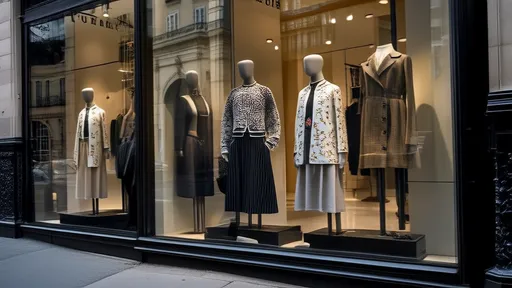
By /Jul 24, 2025
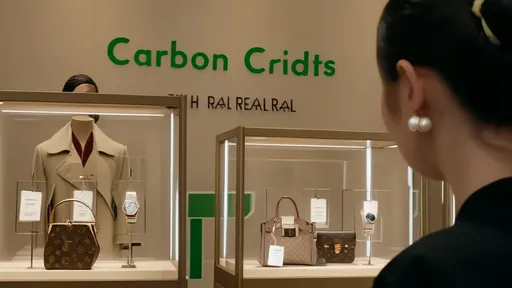
By /Jul 24, 2025

By /Jul 24, 2025

By /Jul 24, 2025
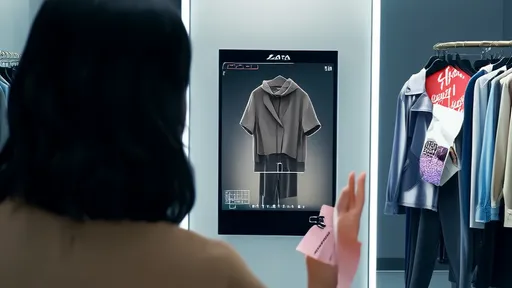
By /Jul 24, 2025
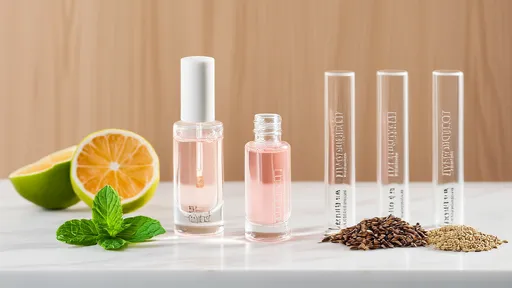
By /Jul 24, 2025
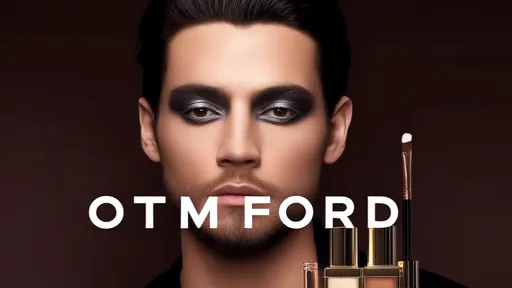
By /Jul 24, 2025
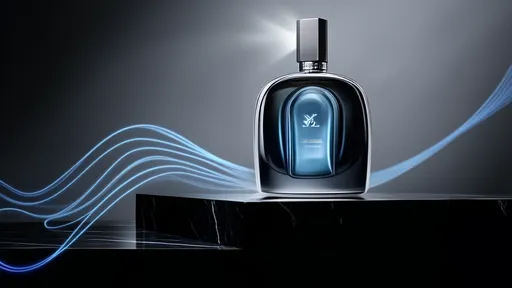
By /Jul 24, 2025